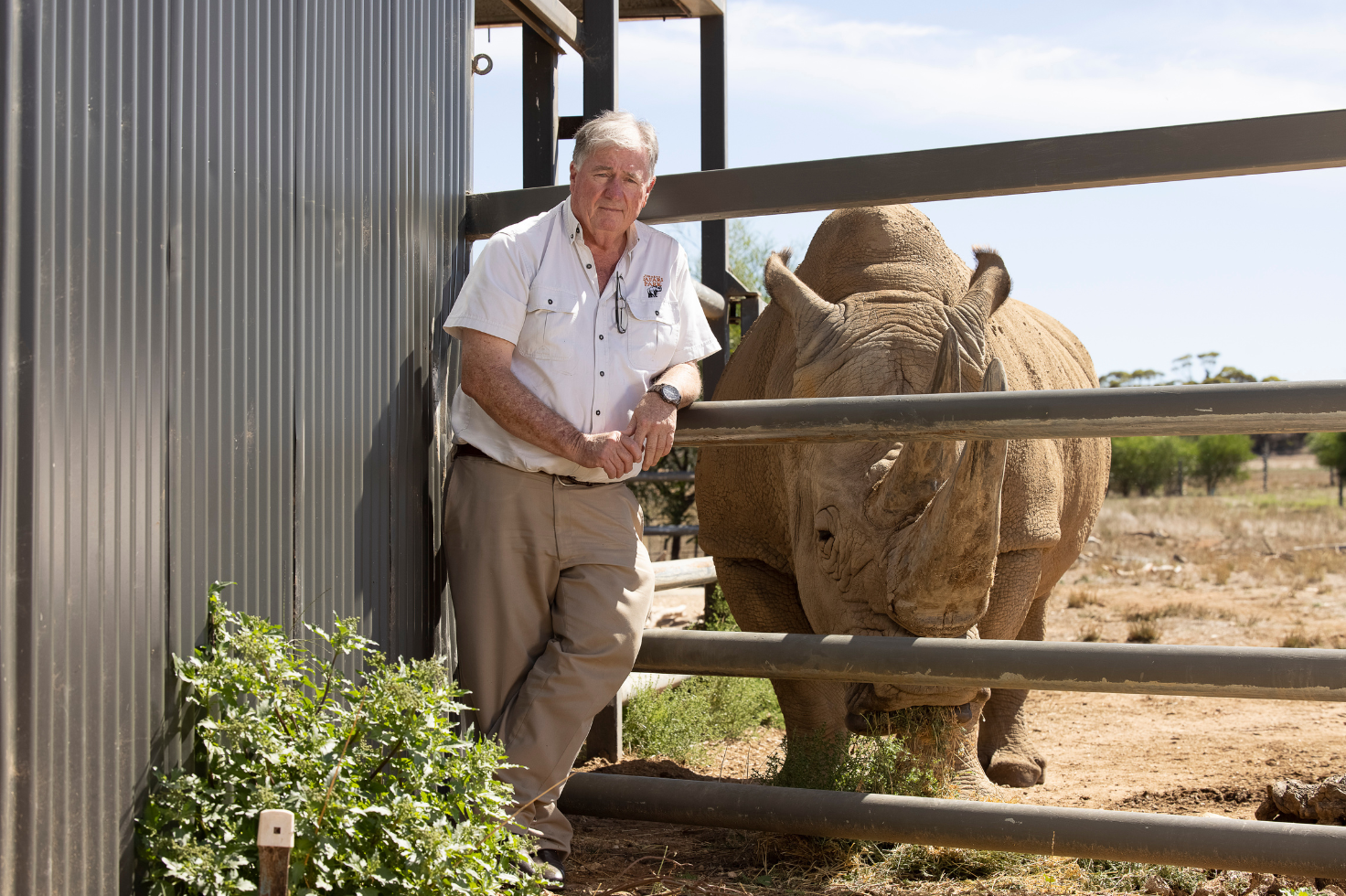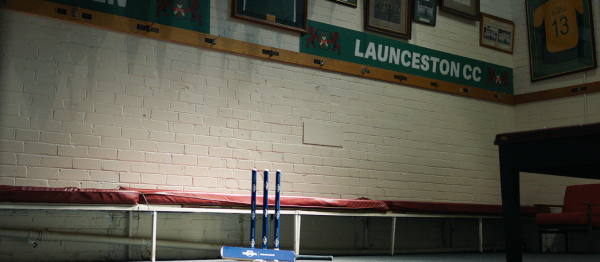05 August 2022
All in a day’s work: Peter Clark works to save endangered species from extinction
Peter Clark is saving the world, one animal at a time

There aren’t many jobs where you can potentially save an entire species from extinction. For Peter Clark, it’s all in a day’s work. Peter is Director of Monarto Safari Park, the sprawling animal preserve near Murray Bridge, South Australia, but his involvement in conservation began 50 years ago when he was working in Papua New Guinea. “I was really interested in insects and I worked with the government setting up an agency to market insects from the villages around the country as an eco-friendly alternative to logging,” he explains. “It’s an amazing country for insects: it’s got the biggest butterfly, the biggest beetle, you name it. And because I was working as a ranger for the PNG Government as well, that got me interested in animals. We ended up doing all sorts of conservation projects with tree kangaroos and birds of paradise, all sorts of stuff.”
This led to building a zoo at the university in PNG’s second largest city, Lae, which rapidly grew into a project to train teachers in environmental education. His return to Adelaide in 2003 couldn’t have been more auspicious, becoming the first curator of Monarto, “and since then I’ve been building up our conservation portfolio. At any one time we’re probably working on about fifteen conservation projects. I’m fortunate to work with a group of really passionate conservationists in the staff and volunteers here.”
Protecting the vulnerable
Protecting vulnerable species from extinction has been the focus of much of Clark’s work at Monarto, from the successful reintroduction of the tammar wallaby to the Yorke Peninsula to the ambitious plan to bring an “insurance population” of 30 highly endangered rhinos to Monarto this year. “I’m really passionate about rhinos,” he smiles. “At the moment there may only be three or four thousand white rhinos left in Africa and about five thousand black rhinos - poaching has killed about ten thousand in the last ten years, so we’ve been supporting work in Africa both in protecting and reintroducing them.”
He’s also been instrumental in protecting dozens of Australian species that might otherwise have slipped into extinction. “Here in South Australia a lot of species have become extinct locally but have held on in other states, and we've managed to bring back a few species like bilbies and wallabies and stick-nest rats, which are fantastic,” he enthuses. “Because they’re called rats nobody really cares about them, but they’re a beautiful animal! And bilbies are very special. I mean, they used to live along the Torrens - they were called pinkies, and that’s what Pinky Flat [now the Adelaide Oval] was named after.”
That exceptional effort was recognised last year with a UNESCO Achievement Award for his conservation career. However, Peter considers the job its own reward. “Working with animals is great, rhinos especially,” he chuckles. “But being able to physically do something here in Australia is a bonus really. There are not really many jobs where you have those sort of tangible success stories, where you can see something’s better than it was. I’ve been pretty lucky.”



